The Pomeranian is also called the Toy Spitz. It is a compact, short-backed, active toy dog. It has a soft, dense undercoat and a hard outer coat. The tail is set high and lies flat on the back with a profuse frill. The Pomeranian has an alert character, intelligent expression, brisk action, and inquisitive nature. It moves proudly, solemnly and lively. Its temperament and action are healthy. Although small in size, the dog is self-important by nature, loves to pick quarrels and is loyal to its duty. Its biggest shortcoming is its tendency to bark a lot, making it best as a watch dog.
Size
The Pomeranian weighs 3-7 pounds, with the ideal show weight being 4-6 pounds. Dogs that do not meet or exceed this weight range are undesirable. Overall quality is more important than size. The body length (from shoulder to hip) should be slightly less than the height at the withers, and the distance from the chest to the ground is equal to half the height at the withers. The bone is medium, and the legs are in proportion to the body structure. The dog should feel solid when handled. Height is about 8-11 inches, and weight is 2-4 kg.
Head
The head is proportionate to the body, with a short, straight, and fine muzzle that can open freely without appearing coarse. Expression is alert and fox-like. The skull is closed, slightly rounded but not domed.
Viewed from the front or side, small erect ears are set high and upright.
If you imagine a line drawn from the tip of the nose through the center of the eyes and the tips of the ears, you’ll find the Pomeranian’s head is wedge-shaped.
Eyes are dark, bright, medium in size, and almond-shaped, set well into the skull on either side of a pronounced stop.
Eye rims and nose are black, except brown, beaver, and blue Pomeranians which have self-colored eye rims and nose.
Scissors bite.
Missing one tooth is acceptable.
Major faults: Head too round and domed; overshot or undershot bite.
Neck, Topline, Body
The neck is short, set well into the shoulders enabling the head to be carried high. The back is short and level.
The body is compact with well-sprung ribs, and the chest is deep, equal to the elbows. The plumed tail arcing over the back is a characteristic feature of the breed.
Forequarters
The shoulders are well laid back enabling the neck and head to be carried high. Shoulders and legs moderately muscled. Length of upper arm equals length of shoulder blade. Forelegs are straight and parallel to each other. Height from elbow to withers approximately equals height from elbows to the ground. Pasterns are straight and sturdy. Feet are arched, compact, neither turning in nor out. Toenails face forward. Dewclaws may be removed.
Major fault: down on pasterns.
Hindquarters
Hind legs and rear are in proper proportion to hindquarters. Hips are in proper position in relation to tail set. Thighs are moderately muscled with stifles moderately bent forming distinct angle. Hocks are perpendicular to the ground and the legs are straight and parallel to each other. Feet are arched, compact, neither turning in nor out. Toenails face forward. Dewclaws, if any, may be removed.
Major fault: cow hocks, open hocks, or lack of adequate rear support structure.
Coat
The Pomeranian has a double coat, with the undercoat soft, thick and dense. Outer coat is long, straight, shiny and harsh in texture. Thick undercoat supports the outer coat to stand off from the body. Coat is profuse around neck, shoulders in front of chest forming a frill.
Coat on head and legs is shorter and lies smooth. Forequarters frill extends to wrist. Tail is covered with long, coarse, straight, open hairs. Trimming for neatness and clear outline is permissible.
Major fault: soft, flat, or thin coat.
Color
All colors, patterns, and variations thereoff are allowed and judged equally.
Patterns: Browns and browns – Clean and distinct brown or rust markings preferred on eyebrows, muzzle, throat, forechest, legs, feet, and tail underside. More brown is ideal.
Spots: Base color of gold, red, or orange with black cross stripes not fully covering spots.
Combinations: White with any other color or pattern, with head stripes desired.
Classes: For shows, colors are divided into: Red class including red, orange, cream, and sable; Black class including black, brown, and blue; Any other color class including any other colors and patterns or variations.
Gait
The Pomeranian moves smoothly, easily, soundly, and lively. Good front reach and strong rear drive. Legs move straight forward when viewed from front or rear. Legs tend to converge toward centerline to balance. Topline remains level and overall balance is maintained.
Temperament
The Pomeranian is an extroverted, highly intelligent and lively dog, making it an excellent companion while also a competitive show dog.
Standard approved: December 9, 1996
Standard effective: January 31, 1997
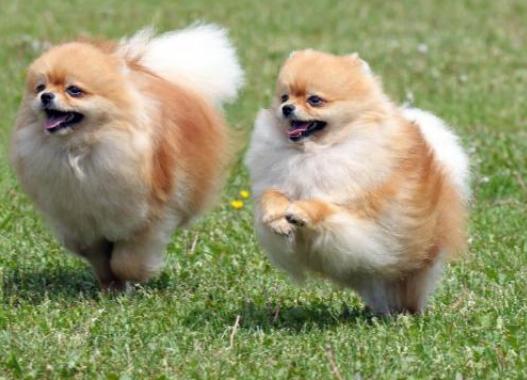
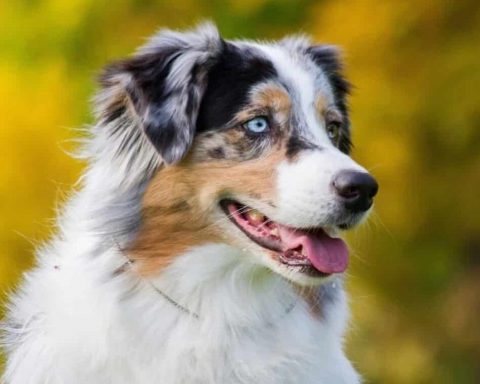
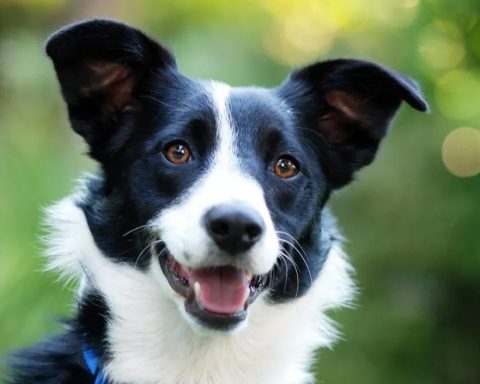
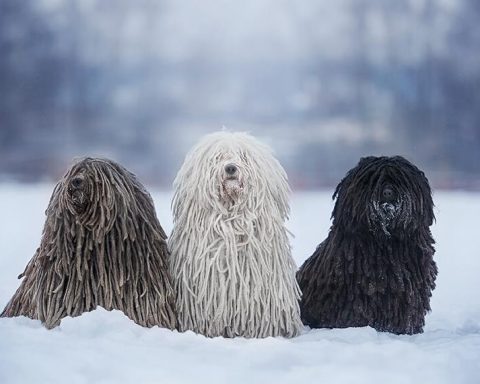
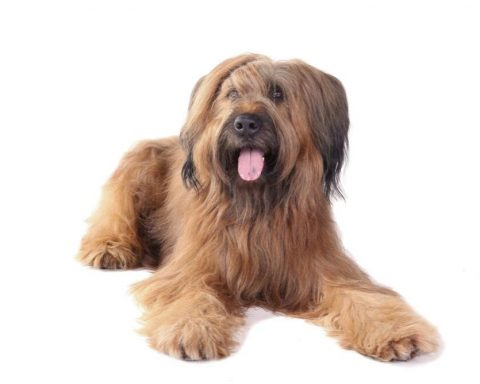
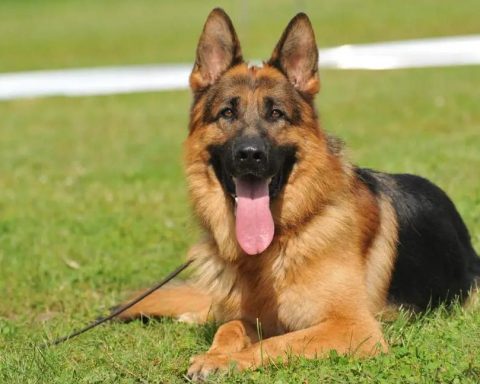
i love pomeranian~~